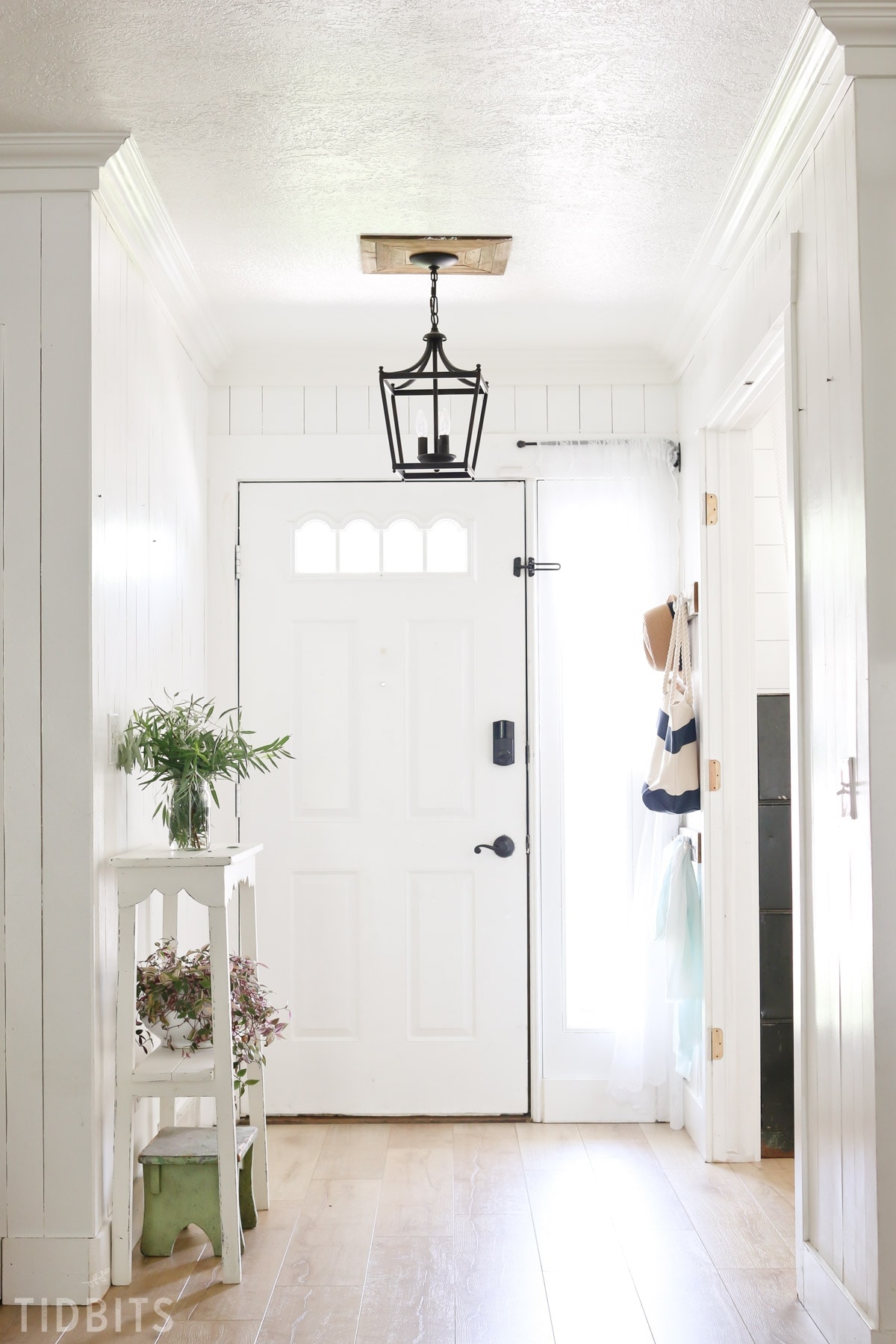Laminate flooring is a popular choice for its affordability, durability, and ease of installation, but issues can arise when the planks refuse to click together. This problem often stems from improper alignment or debris obstructing the locking mechanism. Ensuring the subfloor is clean, level, and free of dust or debris is crucial before installation. Even small particles can prevent the planks from locking securely, leading to gaps or uneven surfaces. Taking the time to prepare the area properly can save significant frustration and ensure a smooth installation process.
Another common reason laminate flooring won’t click together is damage to the locking edges of the planks. During transportation or handling, the delicate tongues and grooves can become chipped or warped, making it difficult to connect them seamlessly. Inspecting each plank before installation can help identify damaged pieces that need to be replaced. Additionally, using a tapping block and rubber mallet during installation can help secure the planks without causing further damage. Gentle, even pressure is key to ensuring the locking mechanism engages properly without forcing the pieces.
Humidity and temperature fluctuations can also affect the ability of laminate flooring to click together. Laminate is sensitive to environmental changes, which can cause the planks to expand or contract. Installing the flooring in a climate-controlled environment and allowing the planks to acclimate to the room’s conditions for at least 48 hours can mitigate this issue. Maintaining a consistent indoor humidity level, typically between 30% and 50%, helps prevent warping and ensures the planks fit together as intended. Proper acclimation is essential for a successful installation.
Incorrect installation techniques can further complicate the process of clicking laminate planks together. Planks should be installed at a slight angle, allowing the tongue to slide into the groove before being lowered into place. Forcing the planks flat too soon can damage the locking mechanism. Additionally, starting the installation from a straight, stable wall and using spacers to maintain an even expansion gap around the edges can prevent alignment issues. Following the manufacturer’s guidelines and taking care during each step can help avoid problems.
When laminate flooring refuses to click together, it’s important to address the issue promptly to avoid long-term problems. Gaps between planks can lead to moisture infiltration, warping, or an uneven surface. If troubleshooting doesn’t resolve the issue, consulting a professional installer or contacting the manufacturer for guidance may be necessary. Proper preparation, careful handling, and attention to detail during installation can ensure the flooring fits together seamlessly, creating a durable and attractive finish for any space.
Choosing Laminate Flooring may be Your Best Decision Ever – The Carpet Guys
How to look after laminate flooring
Laminate Flooring Gap At End Of Install – Flooring – DIY Chatroom Home Improvement Forum
Laminate vs. Solid Hardwood Flooring: Which Is Better?
Our New Laminate Flooring Reveal – Tidbits
Related Posts:







:max_bytes(150000):strip_icc()/laminate-vs-hardwood-flooring-how-they-compare-1821870_hardwood_solid_0592-8b035ab2678f40a181bdcdc253011ba3.jpg)
